Figoni on Delahaye
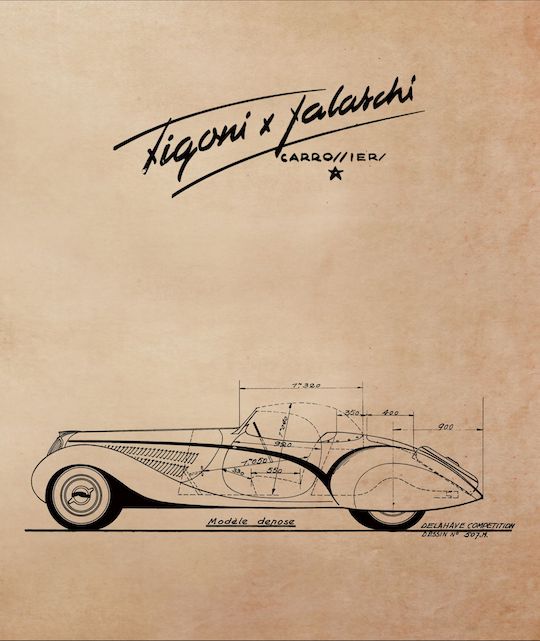 by Richard S. Adatto and Diana E. Meredith
by Richard S. Adatto and Diana E. Meredith
Photographs by Michael Furman
“As the years progressed, new industrial regulations and tax laws—as well as the adoption of unibody construction, wherein the body and chassis formed a single unit—gradually doomed the French coachbuilding industry. During that time, Joseph Figoni had the opportunity to take his talents overseas. While at a Paris Auto Salon in the late 1940s, he met Harley Earl, Chief Designer for General Motors. Mr. Earl tried to convince Figoni to travel to the United States and work as a designer in his Art and Colour Division.”
Can you picture it—the Master of Curves and the Master of Fins working together? While that did not come to pass it is true that, before Figoni’s coachbuilding business closed in 1954, the greatest part of their work came from American orders. The reason for starting the review with that point is to impress upon American readers that the coachbuilder whom a French trade journal in 1949 described as “the arbiter of all things elegant in an automobile” had an influence far beyond his adopted land, France. While fashion falls in and out of favor, author Adatto is right in saying that these days “no top concours is complete without a Figoni-bodied car,” and in a roundabout way this is the reason this book came out in the year it did (2023): the Pebble Beach concours mounted that year the largest exhibit of Figoni coachwork ever assembled, and for a good reason—it’s a nice round century since Italian-born Giuseppe Figoni (1894–1978) first hung out his shingle in Paris.
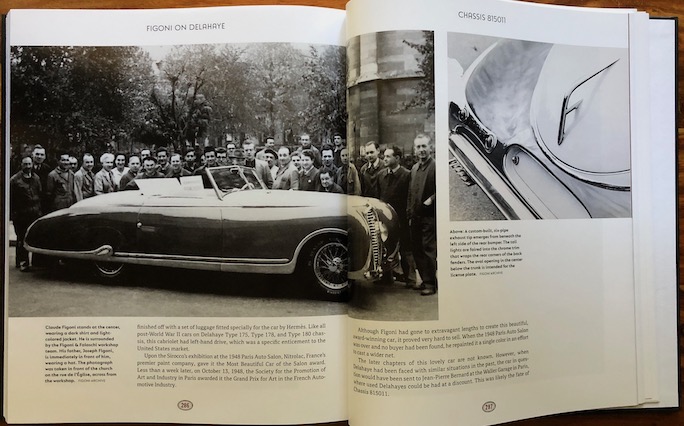
Six-pipe exhaust tip, a stylized Figoni F as a trunk handle, custom Hermès luggage set—Harley Early would have loved it. So did the crowds at the 1948 Paris Auto Salon, but no one whipped out their checkbook and the car was probably sold later at a discount just to unload it.
If the book’s byline/s ring a bell it is surely because those names were also on two related previous books for the same publisher, Delage, Styling and Design (2005) and the rather more substantial Delahaye, Styling and Design (2006).
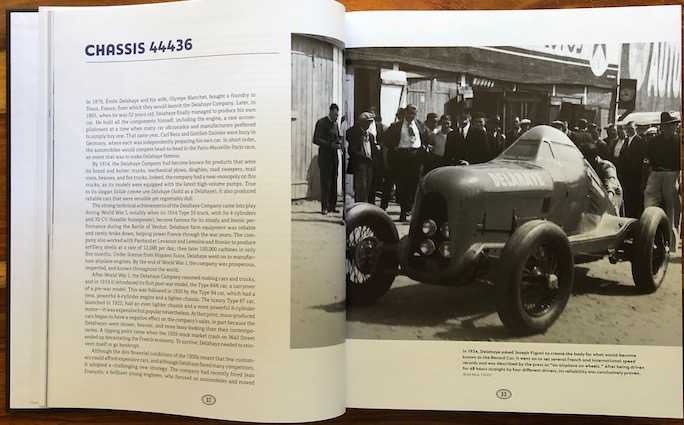
Not the coachwork you’d think of first when someone says “Delahaye.” This is the 1934 Record Car the press dubbed “the airplane on wheels.”
This book concerns itself with only Delahaye chassis, and not even all of them at that but only the 48, out of ca. 150, that Adatto considers “notable examples of Figoni’s best work for the marque.” Even if not a full-bore catalog raisonné-style treatment, for English-speakers it is the only game in town at present because the only other good book, Figoni & Delahaye 1934–1954: la Haute Couture Automobile of 2013 by Delahay Club president Jean-Paul Tissot, was only available in French. (Figoni folk will of course be aware of the epic multi-marque Joseph Figoni, le Grand Couturier de la Carrosserie Automobile by Peter Larsen and Ben Erickson; it will have a Delahaye installment but it is years away from publication as the 4th marque in a series that currently is nearing publication on only the 2nd [Bugatti people: start saving; it’ll be 3 volumes!].
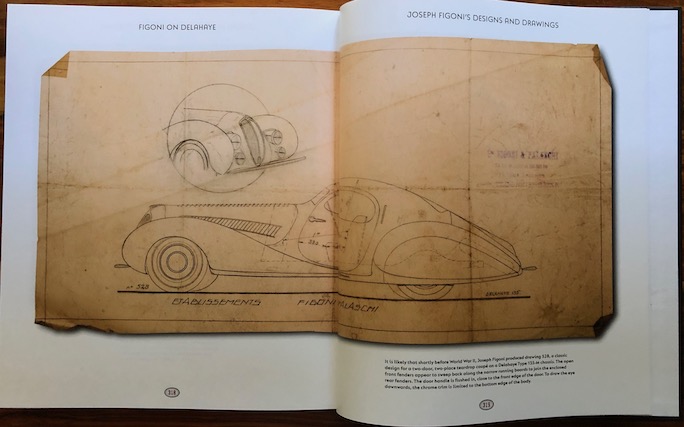
A page from the Appendix of never before published images.
Adatto sees his book more as an homage, with the specific purpose of showcasing those examples that highlight the evolution of Figoni’s creative process. As a concours judge and advisor, and American correspondent for the French Delahaye club, Adatto is well connected in the scene so he personally knows the cars and owners featured here. Moreover, he had a long-standing relationship with Figoni’s son Claude (d. 2019), who was trained as a coachbuilder by his father and worked alongside him. Adatto considers him a “mentor in all things related to Joseph Figoni” and he made possible full access to the family archive, something his son and grandson have continued. Several of the coachwork drawings here have in fact never appeared in print before, and there is a rich trove of archival material such as notebooks, period photos, ads etc.
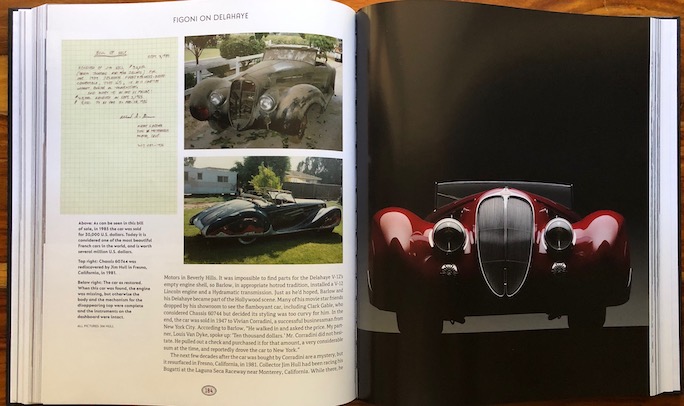
The 1985 bill of sale top left says $30,000, but also look at the basket case next to it. Today’s value: millions. Before you moan about being born too late, get a reality check from someone who has survived turning a box of parts into a concours winner! Not for the faint of heart or weak of pocket book. The photo on the right is by Furman; doesn’t it capture the essence of the car just so?
Those cars that have survived and been restored are captured in Michael Furman’s always-stunning studio photos; we have written plenty about him in other reviews of his work so we’ll skip repeating ourselves here. His perfect photos of perfect cars make it so easy to simply not remember that it takes many hundreds of thousands of dollars to bring a car from as-found condition to concours standard—and also the right sort of people which is why Adatto does weave ownership history into his descriptions and includes “Before” photos.
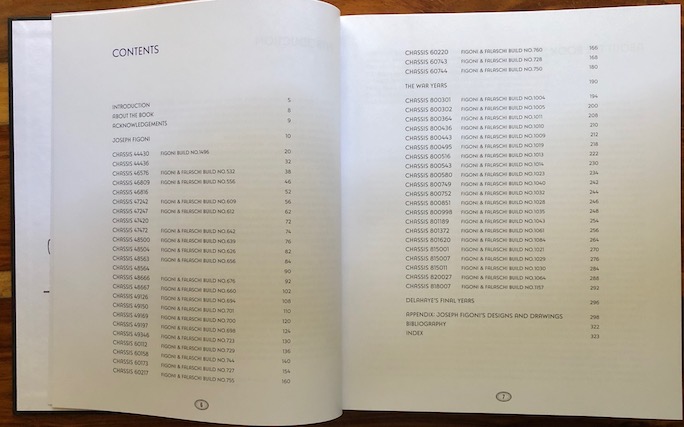
Everything important is findable through a really good General Index supplemented by separate indices of build, chassis, drawing, and type numbers. The book itself is organized by Delahaye chassis number (except the last two which are reversed), not Figoni body number but both are shown side by side on the Table of Contents so no matter from which angle you approach the subject you’ll be steered right.
Photo quality and high production values are what distinguish a Dalton Watson book (although Jodi Ellis fans should note that this one is not designed by her but Simon Loxley whose work you can also see in Evro’s Reid Railton book [if you’re wondering, design matters—even if most people only notice it when it has gone wrong]).
Copyright 2023, Sabu Advani (Speedreaders.info)


 RSS Feed - Comments
RSS Feed - Comments
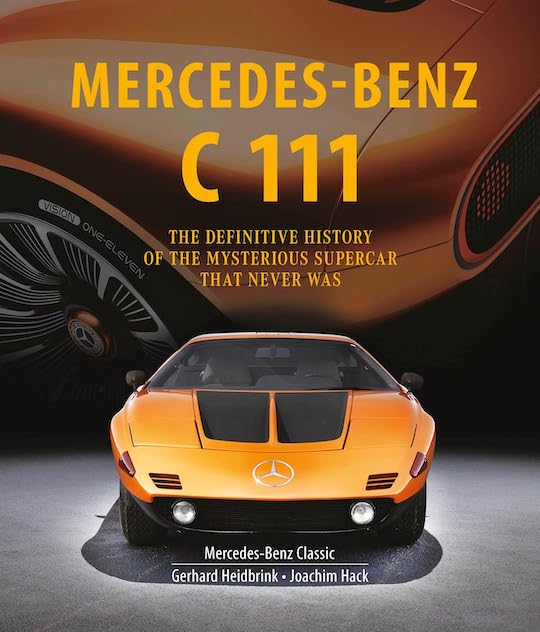
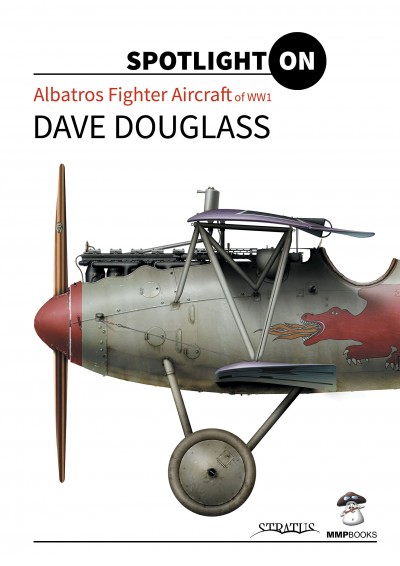
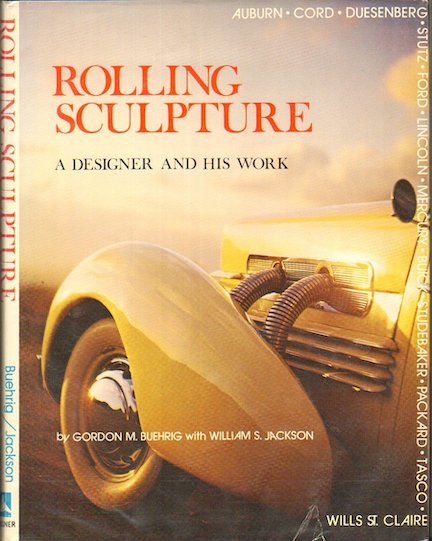
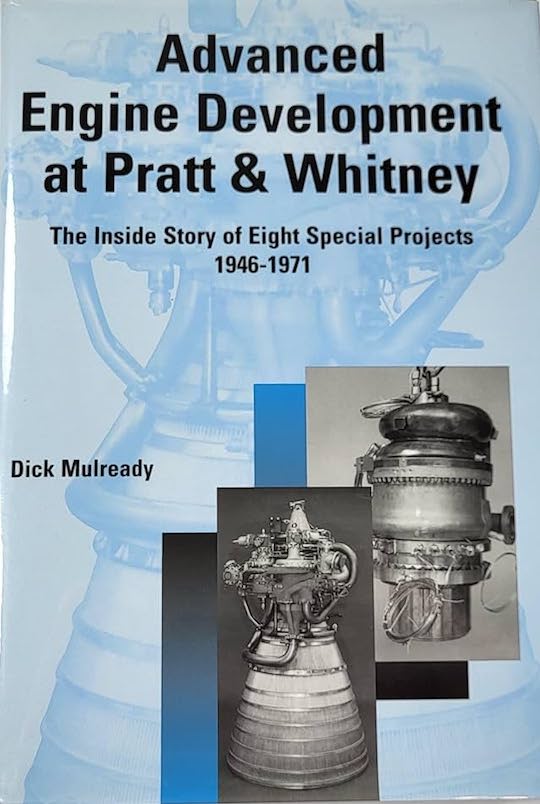

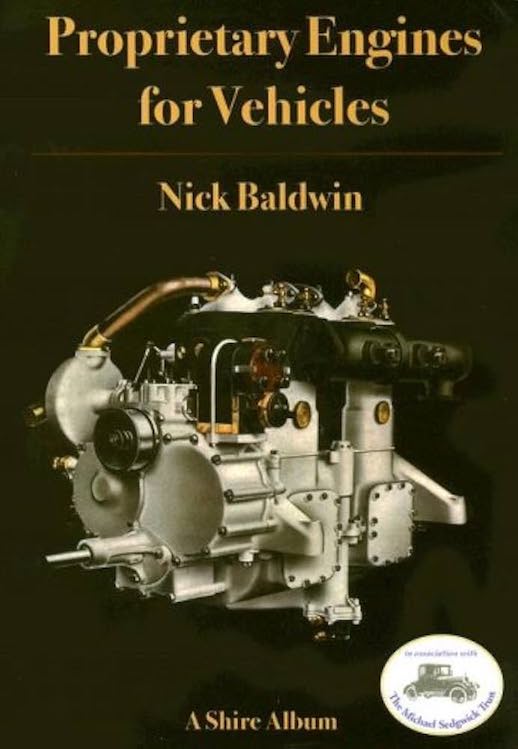
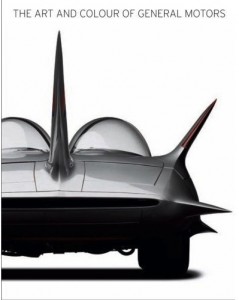
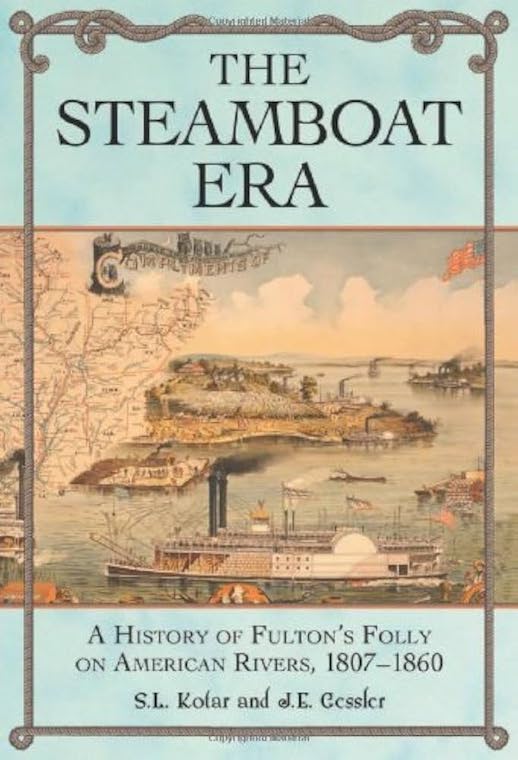
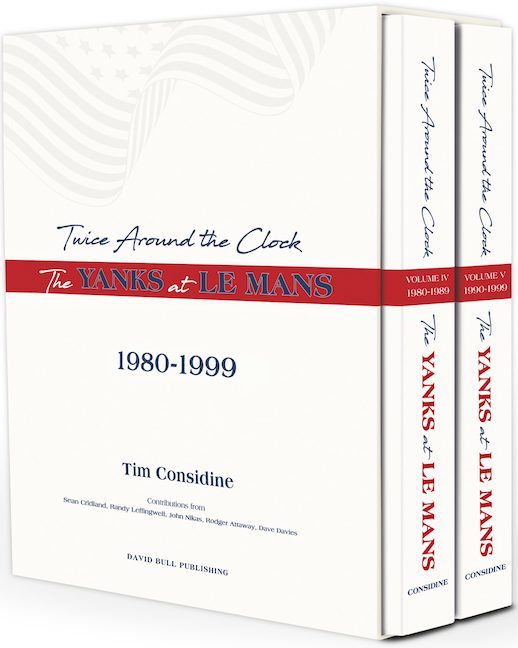
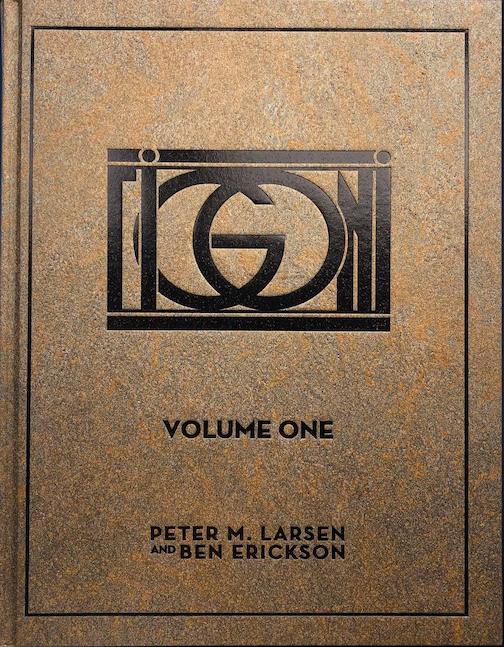
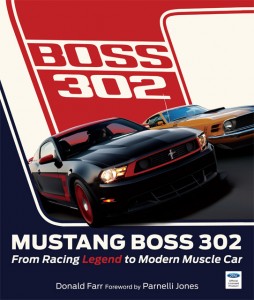

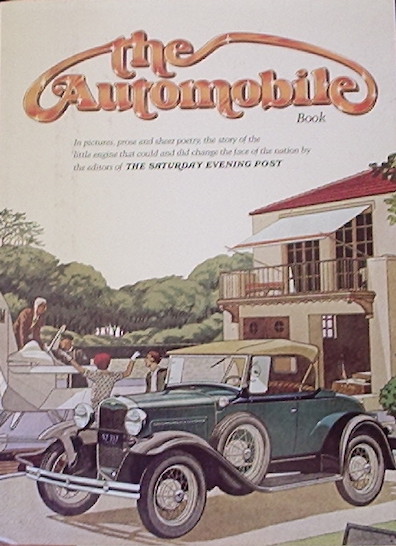
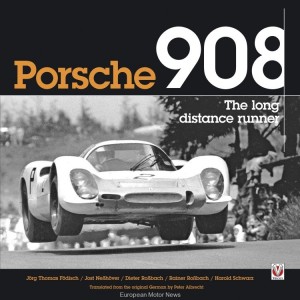
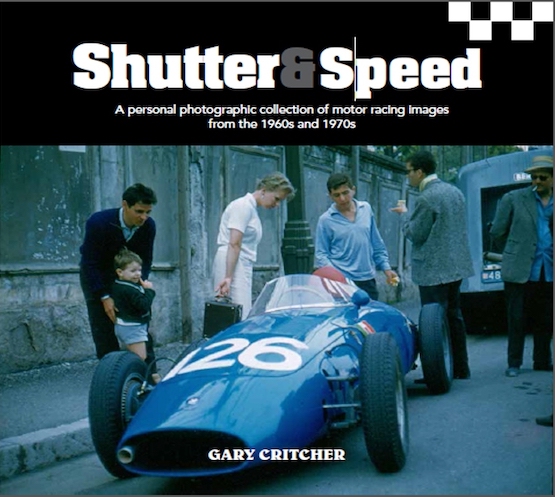

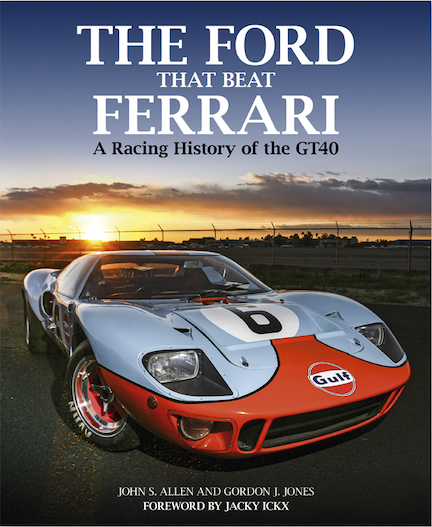
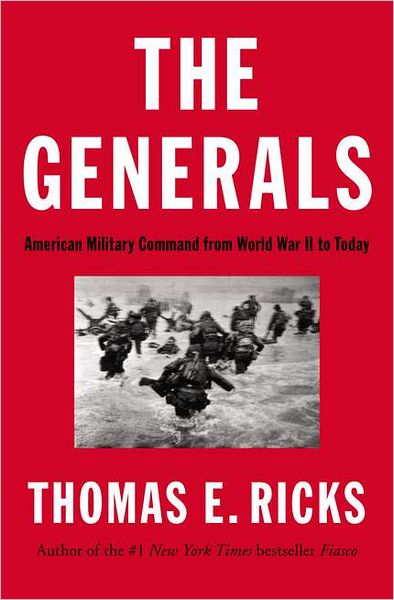

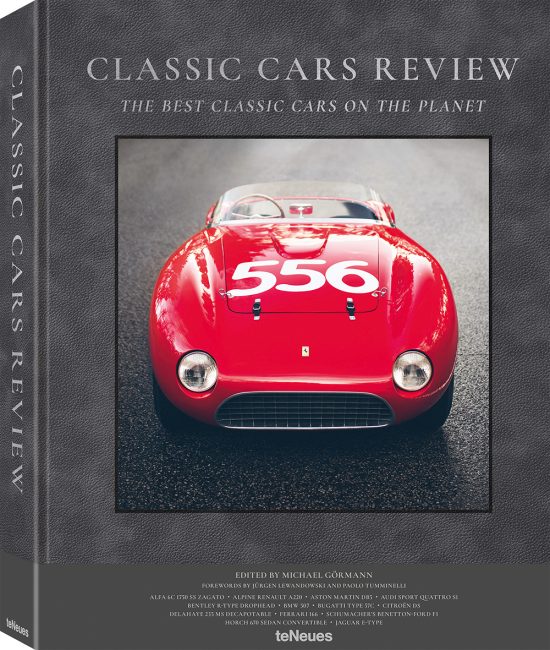
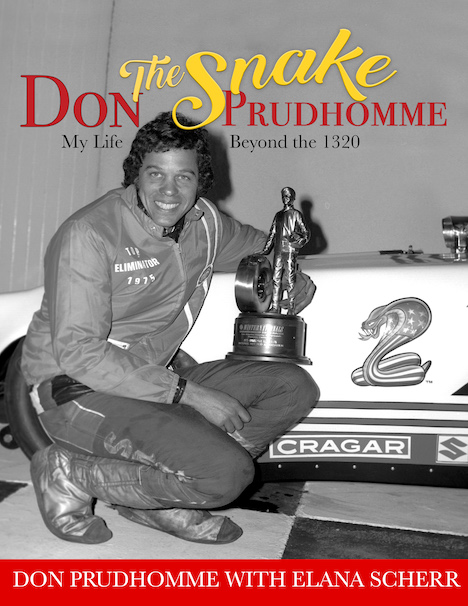
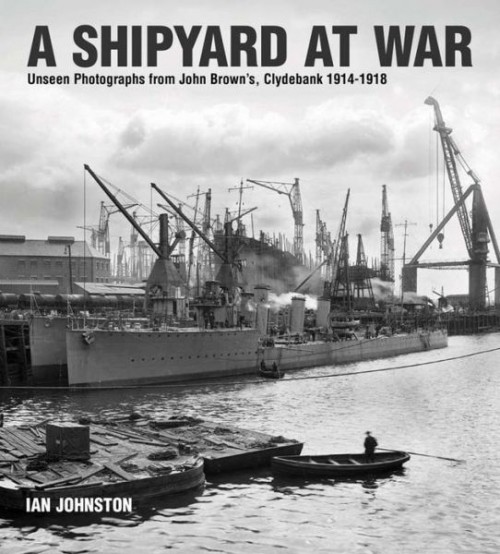
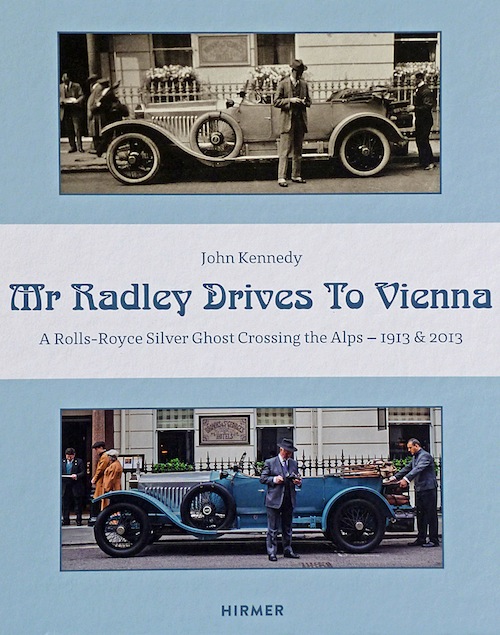
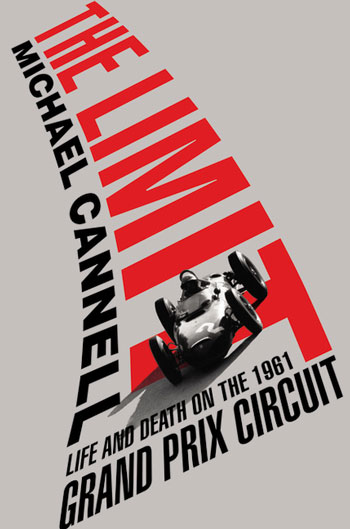
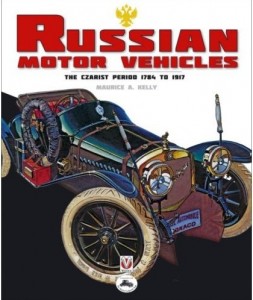
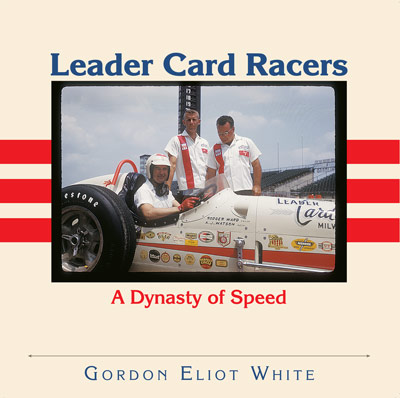
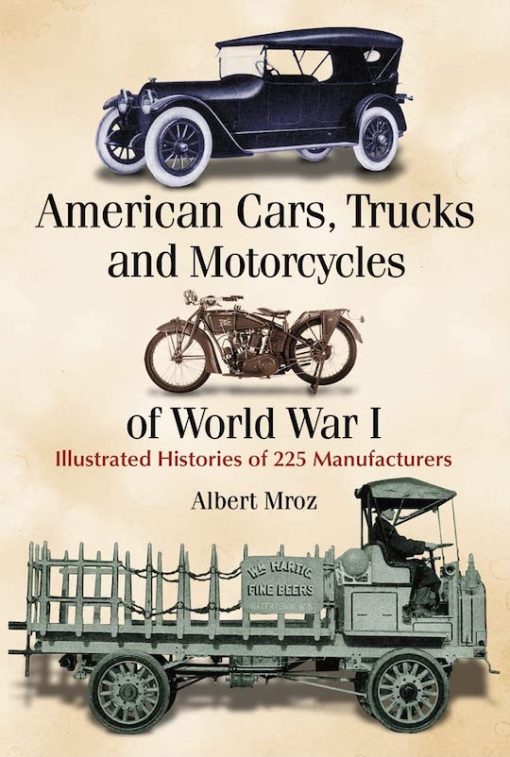

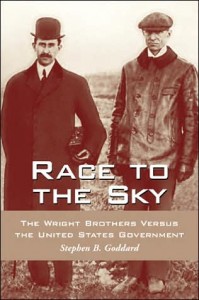
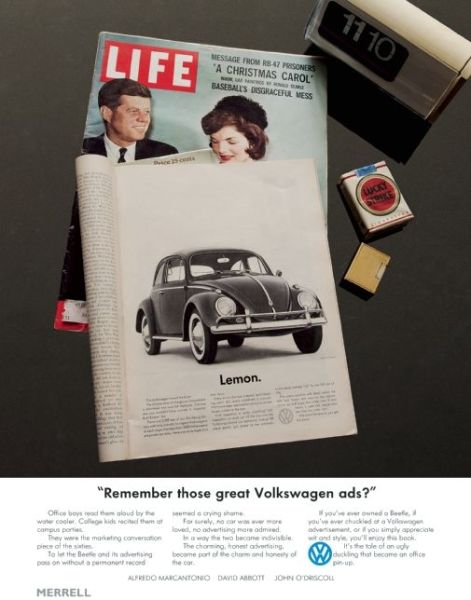
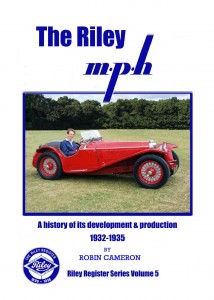
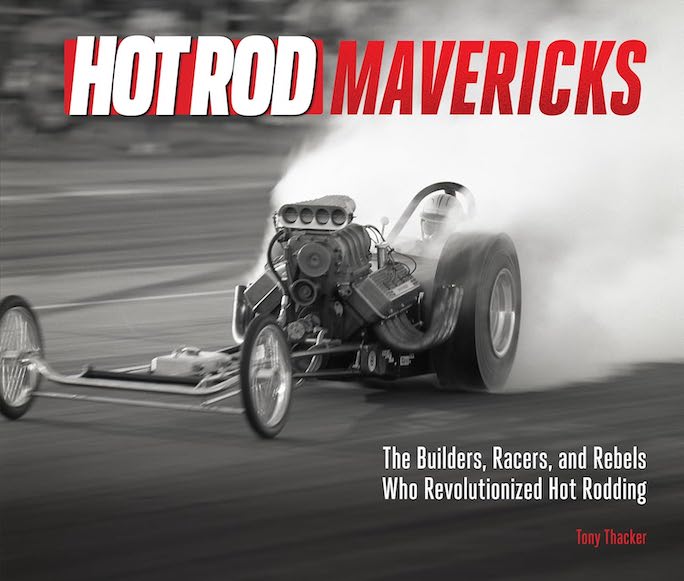

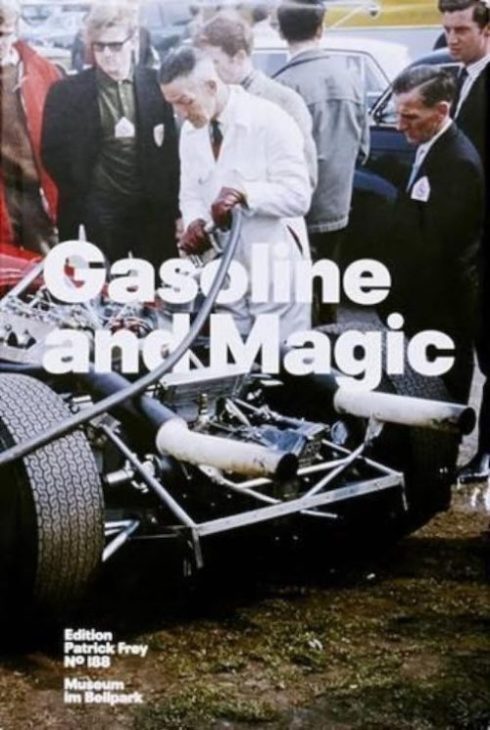


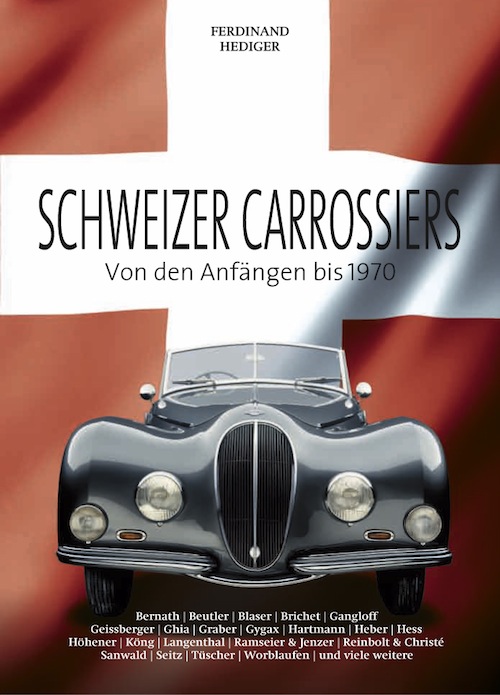
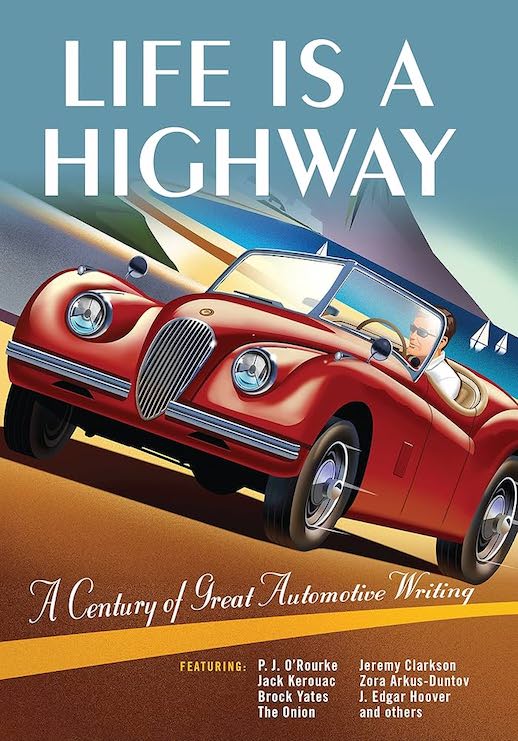

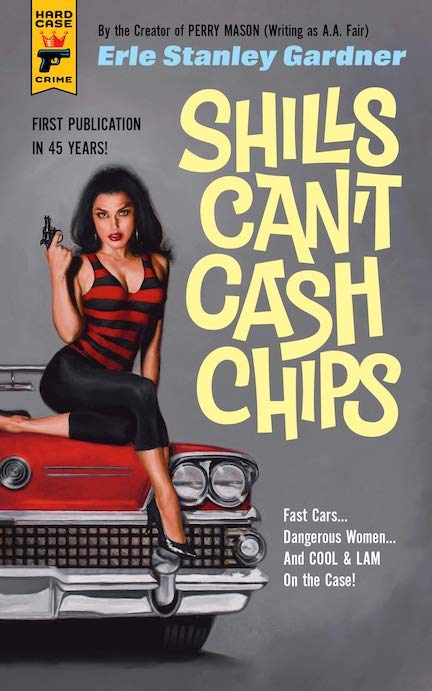
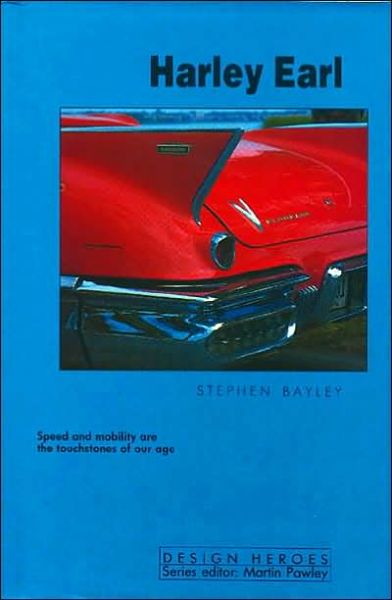
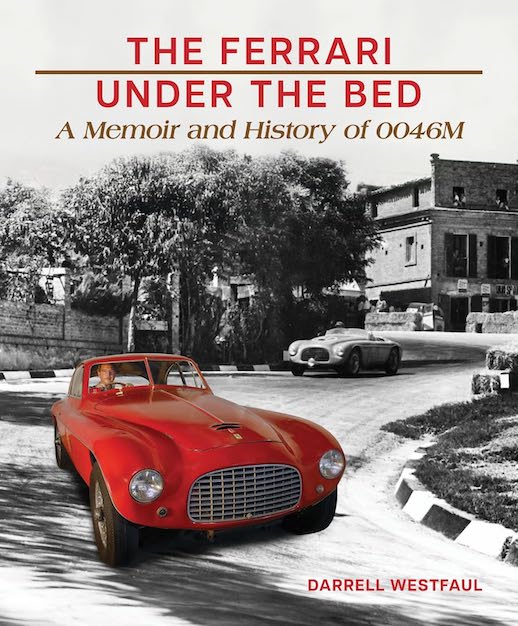
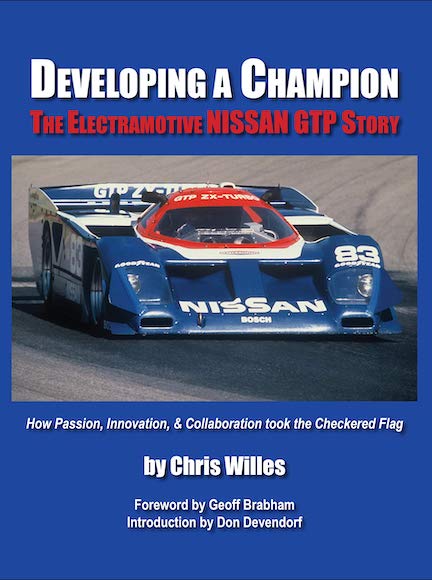
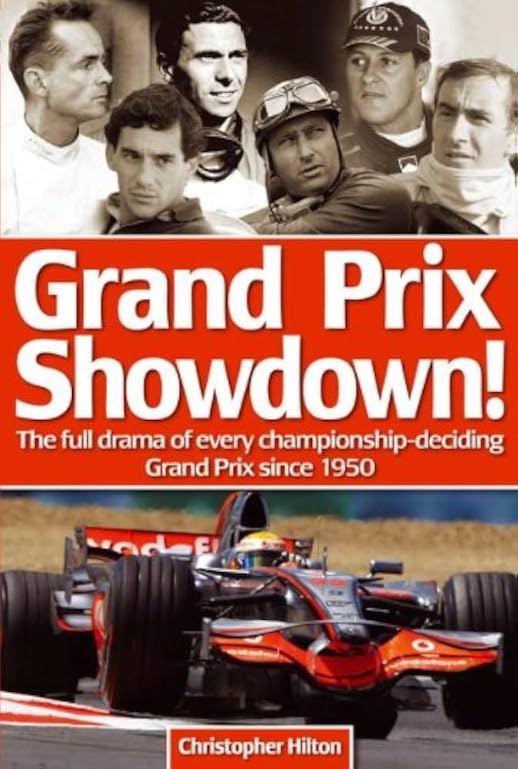
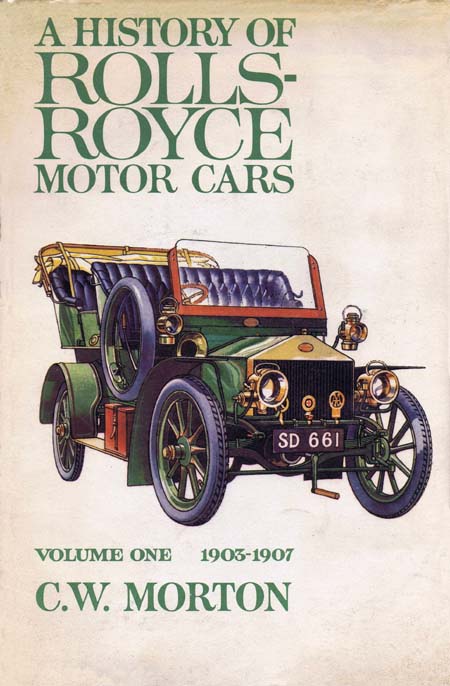
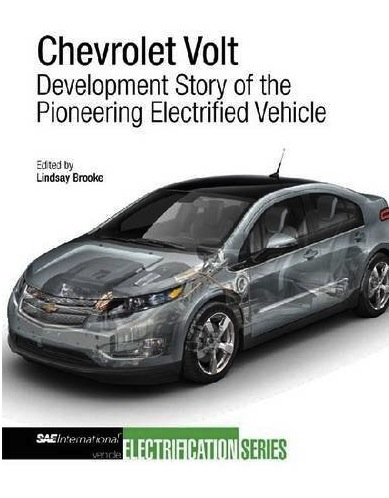
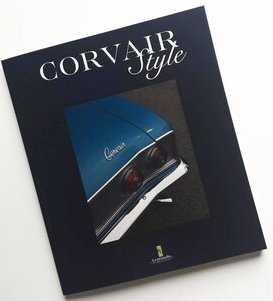
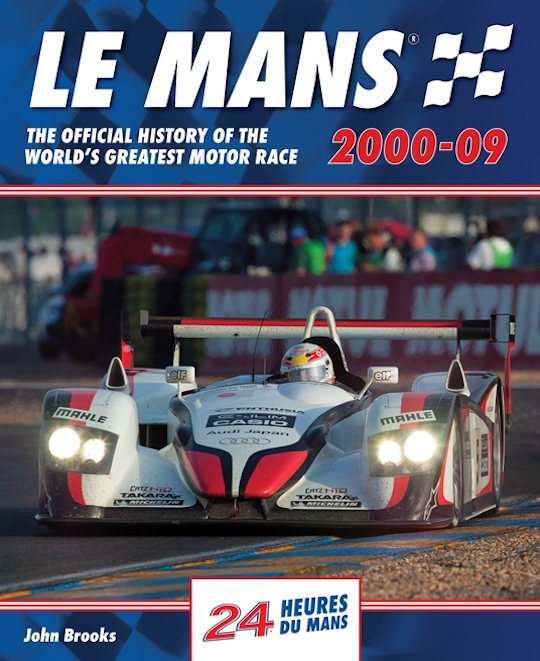
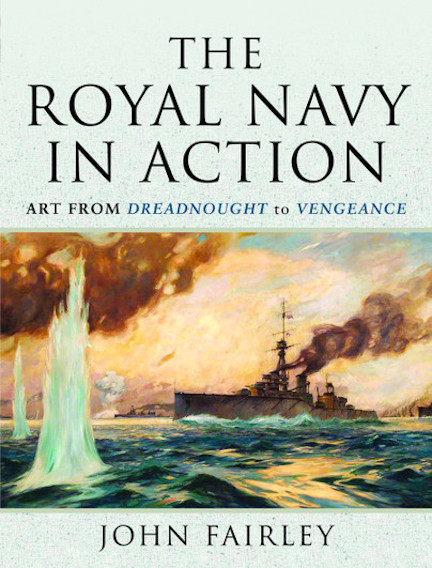


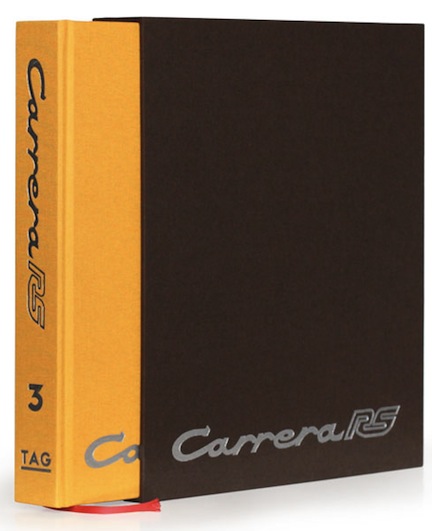
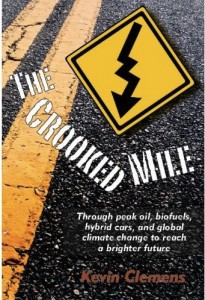
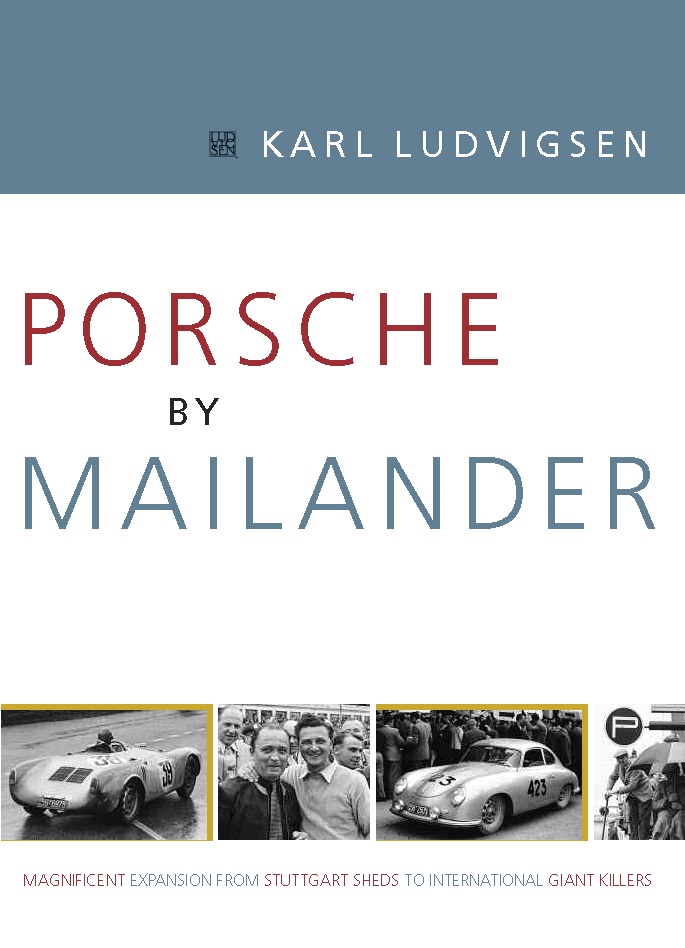
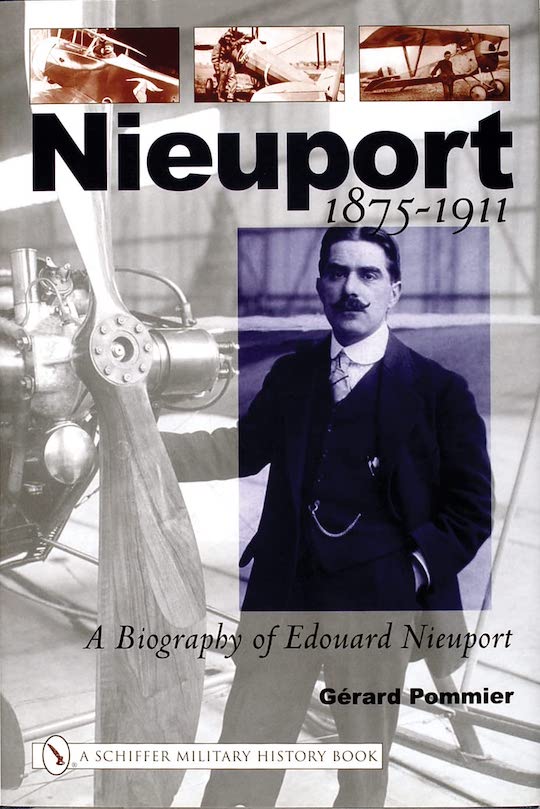
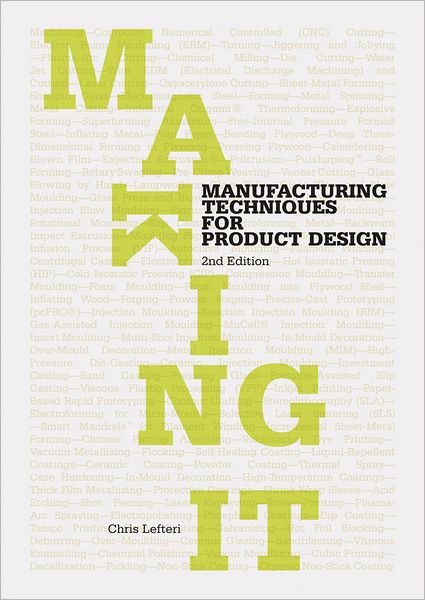
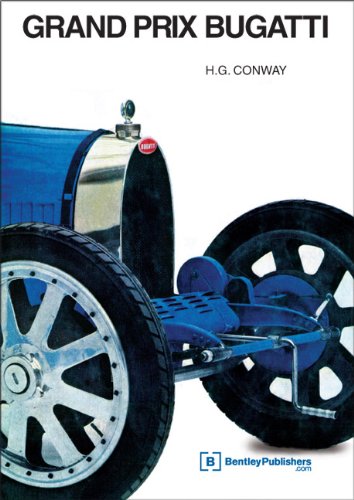
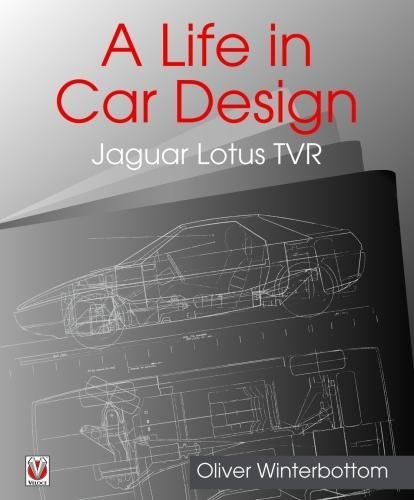

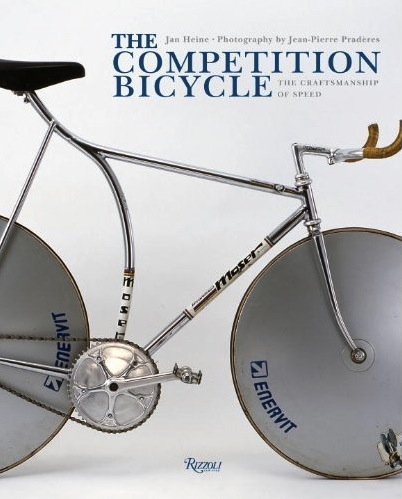



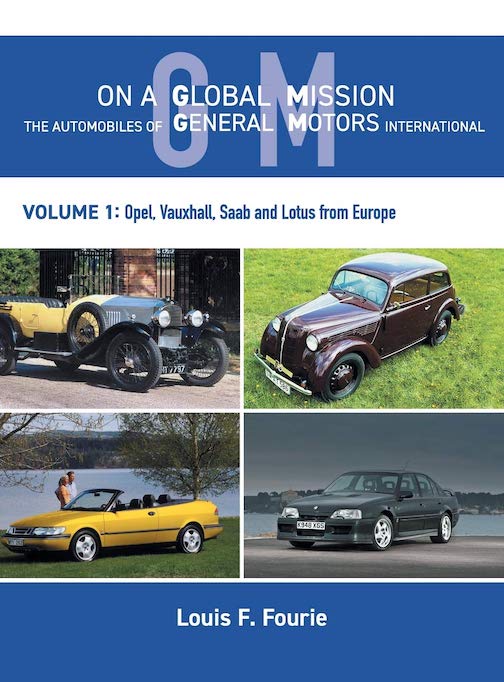
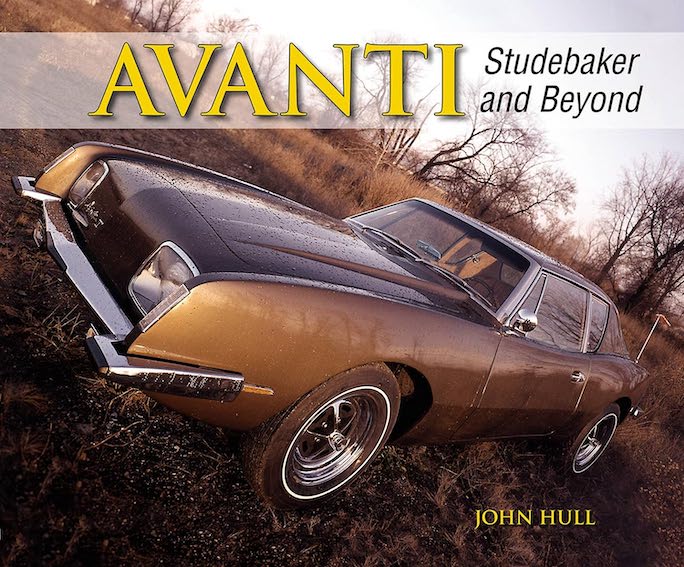
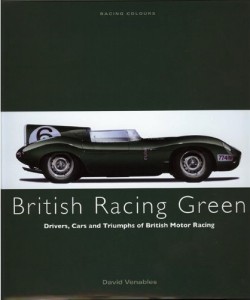
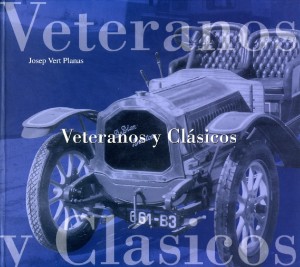
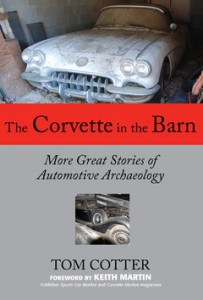


 Phone / Mail / Email
Phone / Mail / Email RSS Feed
RSS Feed Facebook
Facebook Twitter
Twitter